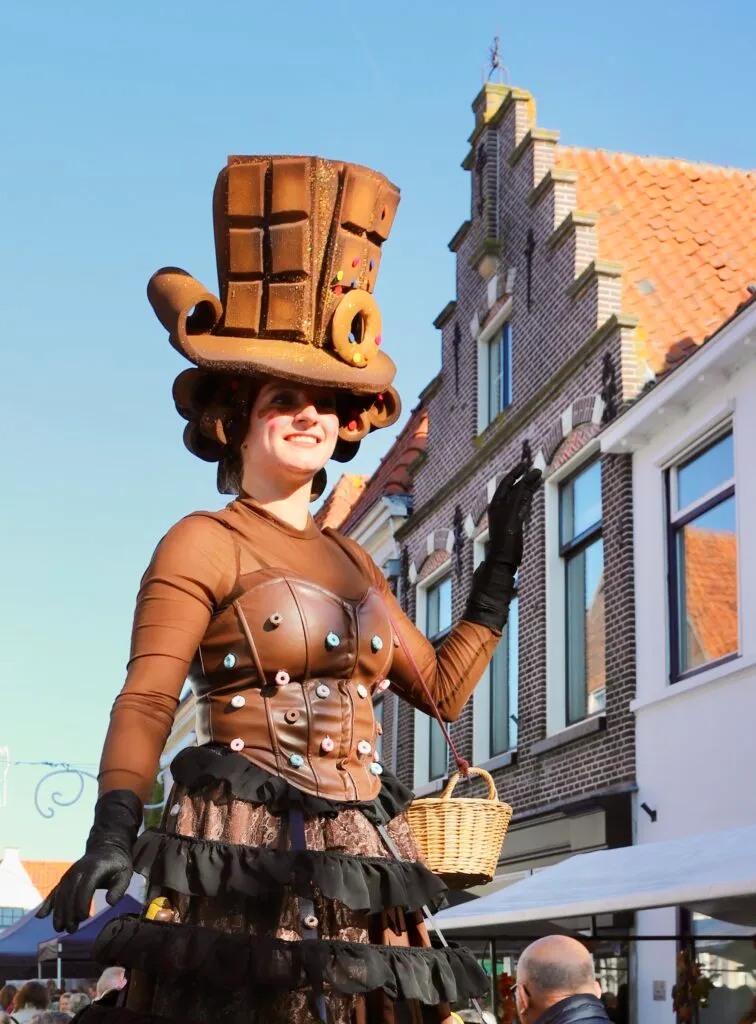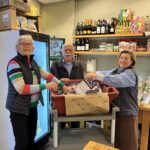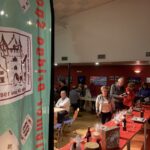
Al eeuwenlang is chocolade meer dan alleen een zoete lekkernij; het is een bron van troost, een symbool van feestelijkheid en een teken van genegenheid. Hoewel massaal geproduceerde chocoladerepen lange tijd de schappen van de winkels domineerden, heeft er stilletjes een heerlijke revolutie plaatsgevonden. Consumenten richten hun aandacht steeds meer op ambachtelijke chocolade en herontdekken de diepe, complexe smaken die cacao ooit tot een schat maakten die het waard was om oceanen voor over te steken.
Meer dan alleen een chocoladereep: de opkomst van gastronomische zoetwaren
De moderne voedselbeweging heeft geleid tot een grotere waardering voor vakmanschap, en chocolade is daarop geen uitzondering. De opkomst van gastronomische zoetwaren wordt gedreven door een verlangen naar authenticiteit en kwaliteit boven kwantiteit. In tegenstelling tot hun mainstream tegenhangers richten ambachtelijke chocolatiers zich op het hele proces, van het inkopen van hoogwaardige bonen tot het zorgvuldig vervaardigen van het eindproduct. Deze hands-on aanpak resulteert in chocolade die een verhaal vertelt – over zijn oorsprong, zijn ingrediënten en de passie van zijn maker.
Deze beweging benadrukt transparantie en ethische praktijken. Veel kleine producenten bouwen directe relaties op met cacaoboeren, waardoor eerlijke lonen en duurzame landbouw worden gegarandeerd. Deze band verbetert niet alleen het levensonderhoud, maar geeft chocolatiers ook toegang tot superieure bonen, die de basis vormen van elke uitzonderlijke chocolade.
Wat bepaalt de kwaliteit van chocolade?
Het onderscheiden van echt hoogwaardige chocolade van standaardchocolade gaat verder dan alleen het prijskaartje. Er zijn verschillende belangrijke kenmerken die het verschil maken.
- Single-origin cocoa beans: Much like fine wine or coffee, the flavor of cocoa is heavily influenced by its “terroir”—the soil, climate, and environment where it’s grown. Single-origin chocolates highlight the unique flavor notes of a specific region, which can range from fruity and floral to nutty and earthy.
- Bean-to-bar process: Many artisans control the entire chocolate-making process, starting from the raw cocoa bean. This allows them to roast, grind, and refine the chocolate to their exact specifications, carefully developing its final flavor profile.
- Complex flavor profiles: High-quality dark chocolate offers a symphony of flavors that unfold as it melts in your mouth. You might detect notes of red fruit, coffee, or even subtle spices, a complexity rarely found in mass-market products.
- Minimal, high-quality ingredients: True artisanal chocolate typically contains very few ingredients: cocoa beans, sugar, and perhaps a small amount of cocoa butter. It avoids artificial flavors, preservatives, and excessive sweeteners that can mask the true taste of the cocoa.
Exploring the world of fine chocolates
The artistry of a chocolatier shines brightest in their diverse creations. From smooth, intense dark chocolate bars to delicate, hand-painted truffles, the possibilities are endless. These skilled artisans use chocolate as a medium for culinary expression, creating treats that are as beautiful as they are delicious. One of the most classic examples of this artistry is the filled bonbon, a small chocolate casing with a creamy or liquid center.
These confections are a testament to precision and creativity, with makers developing unique ganaches, caramels, and fruit purees for the fillings. In many parts of Europe, these exquisite creations are known as luxe chocolade bonbons, a term that captures their status as a premium, handcrafted indulgence.
The modern chocolatier: A blend of tradition and innovation
While rooted in traditional techniques, today’s chocolate scene is vibrant with innovation. Modern chocolatiers are constantly experimenting with unexpected flavor pairings, incorporating ingredients like sea salt, chili, and exotic spices to create exciting new taste experiences. This blend of classic craftsmanship and bold creativity keeps the world of gourmet chocolate dynamic and engaging.
The business model is evolving as well. Many artisans are expanding their offerings beyond simple confections, creating immersive culinary destinations. It’s becoming more common to see a concept like a van delft chocolates & bakery, where customers can enjoy everything from fine truffles to freshly baked pastries and coffee, all under one roof. This approach builds a stronger community connection and showcases the versatility of the craft.
Savoring the future of chocolate
The movement toward artisanal chocolate is more than a passing trend; it’s a return to appreciating food in its purest, most flavorful form. It celebrates the dedication of its makers and the rich diversity of the cocoa bean. By choosing high-quality, ethically sourced chocolate, consumers not only enjoy a superior product but also support a more sustainable and equitable industry.
The next time you crave something sweet, consider exploring the world of gourmet confections. Visit a local chocolatier, ask about their process, and sample something new. You may just discover a new favorite treat and a deeper appreciation for the art of fine chocolate.


 Abonneer op ons kanaal
Abonneer op ons kanaal










